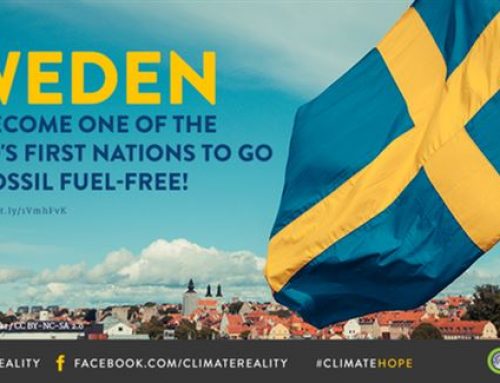Project Description

How to transform sustainability reporting
Let’s talk about how to transform reporting from a burden into a tool to build a better future. Our earlier article zoomed in on materiality. Here’s our take on how to get more out of your reporting efforts. Just in time for the people in the midst of planning the next sustainability reporting cycle for their organization.
Every year, the reporting cycle returns and, every year, it turns out to be a lot of work. So it should raise questions around whether it’s worth the investment. Does the report itself add value to the company’s strategy and the sustainability efforts for a better future? Does it serve a strategic purpose beyond compliance with regulations and the accountability expectations of our stakeholders? For a strictly “by-the-book” type of reporting process, the answer to these questions is probably no.
Why? First, sustainability reporting suffers from a strange dichotomy. While sustainability is all about the future and long-term thinking, most corporate reporting is all about the past and has a horizon of just one year. Second, most companies do not use the reporting process to really connect the present performance to the future they to build and be part of. With our tips below, you can overcome this dichotomy and transform the reporting process into a powerful tool. So here we go!
Report the past in the context of the future
Start from the world you want in the future! In what kind of world does the company want to operate five to ten years from now? Instead of only looking back, we strongly recommend starting your sustainability report from the long-term vision and mission of the company. The report then gives an account of where the company is on your envisioned path. What does your company have to do to achieve that vision? How are your efforts to get there evolving? When you start from the vision and these questions, you report in the context of the future. This is a much more useful perspective for the company and for the report readers.
Focus on what’s material for the future
Take your materiality analysis beyond the report! Most reporting frameworks include a so-called materiality analysis to identify the sustainability topics to be included in the report. The “by the book” analysis is mostly about what stakeholders want to know or what the company considers key risks, based on past performance and fears for the future.
To raise sustainability to a higher level, go beyond and ask: “what are the key topics we need to manage strategically to create value for the company and society?” Involve senior management in this analysis. Not only will the materiality analysis then inform the sustainability report content, but it will also provoke a strategic discussion and add a new perspective on what matters. That’s the moment for sustainability (reporting) to enter to the board room.
Engage your stakeholders for the future you envision
Involve your stakeholders in value creation! Stakeholders are vital to really create value for the company and society, so don’t just engage them for selecting material topics for the sustainability report (as most reporting guidance recommends). Again, frame this step in the reporting cycle at a strategic level rather than the limited scope of reporting. And then continue the conversation from there. Don’t limit the role of stakeholders to helping you choose your material topics. Really listen to what matters to them, what their goals are and jointly explore the world you want to build and the path you envision to get there. Only then can you find opportunities to collaborate and co-create on joint goals to make both your company and society stronger.
With these tips, we trust you can make your report a tool for positive change in the future, rather than just a report on positive change in the past. Let us know which of the tips you found most useful!
This post is part of a series on sustainability reporting and materiality. It is co-authored by Nelmara Arbex, of Arbex & Company, and Marjolein Baghuis of Change in Context/The Terrace. At GRI, they worked together on the creation and stakeholder engagement around GRI’s G4 Sustainability Reporting Guidelines. They now collaborate to support companies with strategic sustainability challenges, materiality analysis, and communications.








